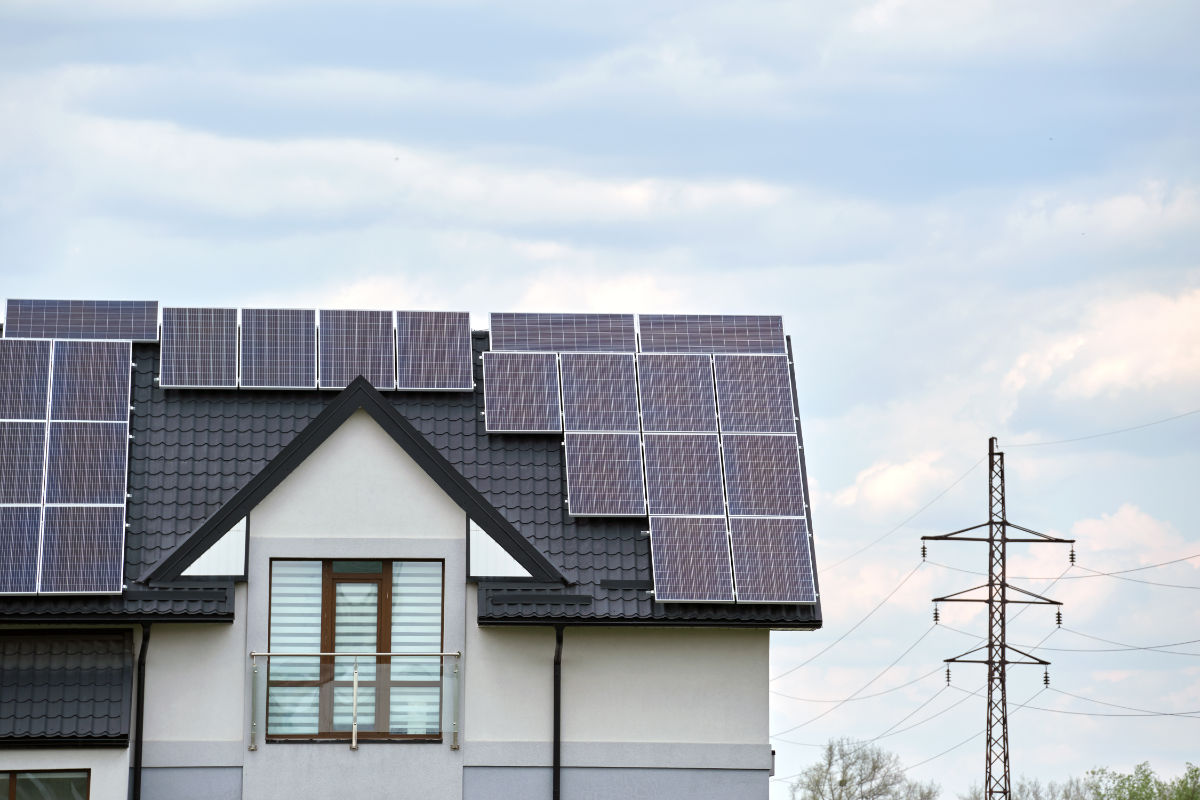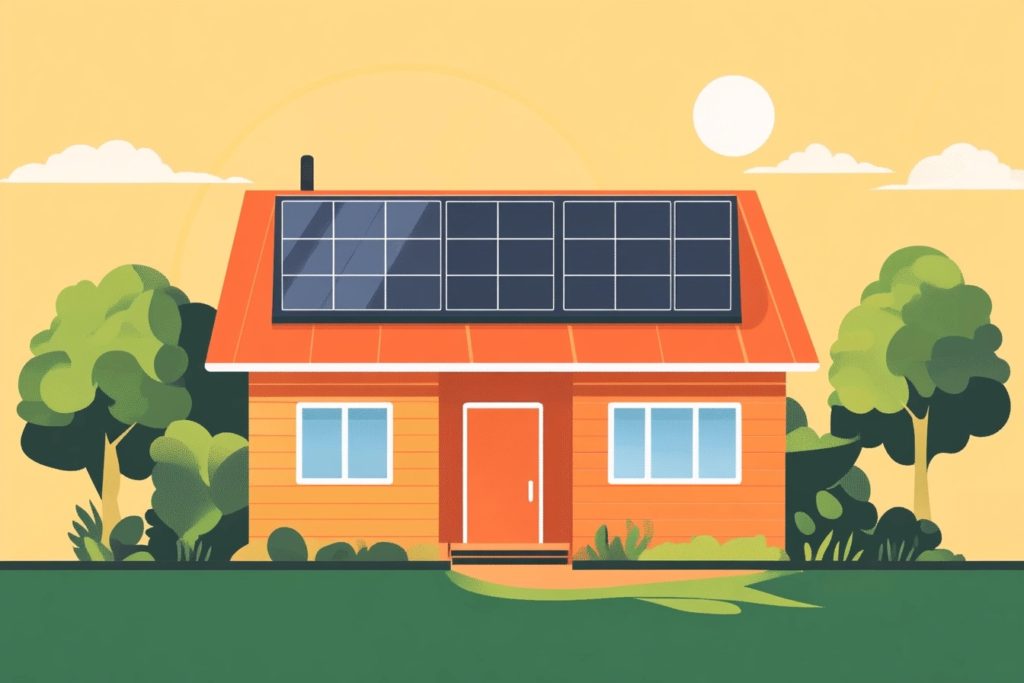
Installing solar panels for your home is a big decision that brings both economic and environmental benefits. If you’re shopping for solar panels, you might be surprised to hear that there are actually several different styles of solar panels, each with its own set of advantages and disadvantages. In this article, we’ll break down everything you need to know in order to choose the best solar panels for your needs.
Before we get into the details of the different types of solar power systems, we should first discuss the two different kinds of solar energy. Photovoltaic (PV) is the more common type by far — when you see solar panels on a roof, these are Photovoltaic cells. With Photovoltaic solar energy, direct sunlight is converted into electric power.
The other form of solar energy is thermal. The process for generating electricity with thermal solar involves reflecting sunlight off of your solar panels to heat up a specific spot, which converts the heat into power for your home. Within these two different types of home solar power systems, there are some different types of solar cells as well.
The vast majority of Photovoltaic solar panels are manufactured using polycrystalline silicon or monocrystalline silicon. Monocrystalline silicon is the more popular of these two options, which is likely due to the fact that these panels are more efficient than those made with polycrystalline silicon. These panels are made by adding crystalline to melted silicon, which hardens the silicon and allows manufacturers to cut it into small squares.
When these squares are cut, they all have the exact same structure of crystalline, which makes them extremely efficient and consistent. After it’s cut into squares, the corners of each square are cut off to help energy flow through them. Cutting off these edges allows the electrons to travel more efficiently through the solar panel because it’s easier for them to move along the silver bus bars between each square.
Monocrystalline silicon isn’t only popular for solar energy applications, as it is also very similar to the type of silicon that’s used to manufacture computer chips. The problem with monocrystalline silicon solar panels is that they’re usually quite expensive. Even though the price of solar panels has dropped in general in recent years, monocrystalline silicon is still not cheap.
Polycrystalline silicon shares many attributes in common with monocrystalline silicon, but there are a few vital differences. The biggest difference is in the quality of crystalline, which is not as efficient or consistent as the crystalline used to make monocrystalline silicon. While each square of monocrystalline silicon is exactly the same, that is not the case with polycrystalline silicon.
Due to the differences between each square — along with the fact that the corners of the squares are not cut off as they are in monocrystalline silicon solar panels — electrons cannot move as freely as they do in monocrystalline silicon. Instead, some of them get stuck between crystals, meaning that there isn’t as much energy generated as there is in monocrystalline cells. That said, it’s undeniable that polycrystalline silicon is more affordable than monocrystalline silicon, so it’s still not uncommon to see this type of solar panel in use.
With either monocrystalline or polycrystalline silicon, you have the option to purchase Passivated Emitter Rear Cell (PERC) solar panels. With PERCs, an additional layer of silicon is added during the manufacturing process, which makes the cell more efficient because it reduces the gaps electrons can get trapped in. Of course, this added layer makes PERC solar cells more expensive, but the tradeoff may be worth it due to the increased efficiency.
Do you have questions about whether monocrystalline or polycrystalline silicon is the right choice for your solar panel system? Do you want to know more about whether you should choose Passivated Emitter Rear Cells or not? Simply contact LGCY Power and speak to one of our Energy Consultants today. Our expert consultants can help you decide which type of solar cell is the best option for your home and budget.
Whether you end up choosing monocrystalline or polycrystalline silicon solar panels, you can be confident that you’re doing your part to protect our environment, while also saving some money on your electric bills along the way. Now that’s a win-win proposition!





